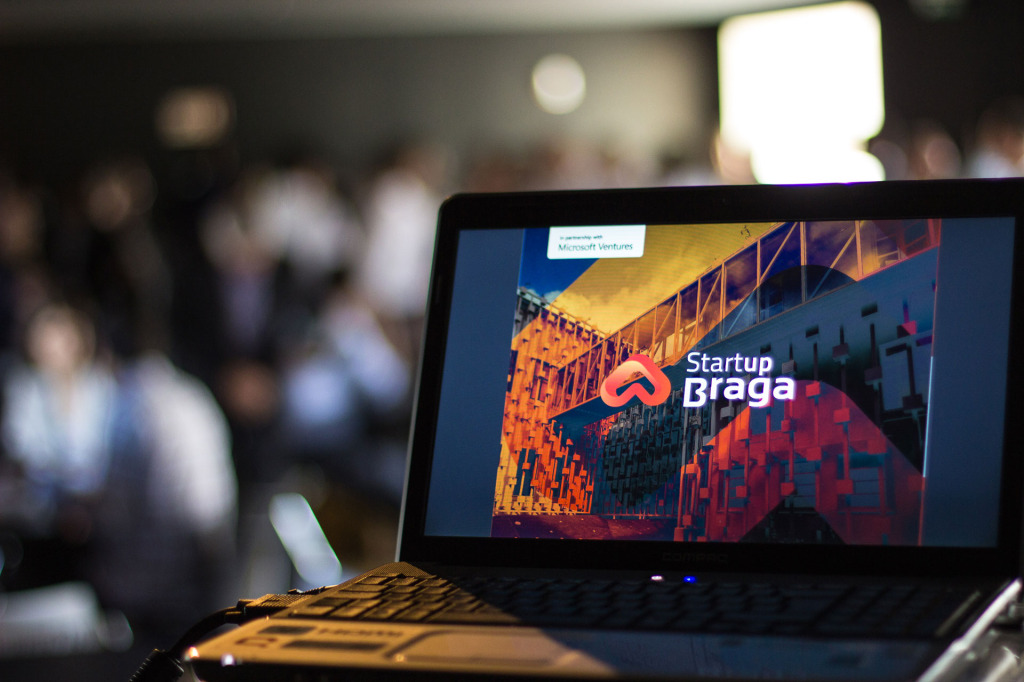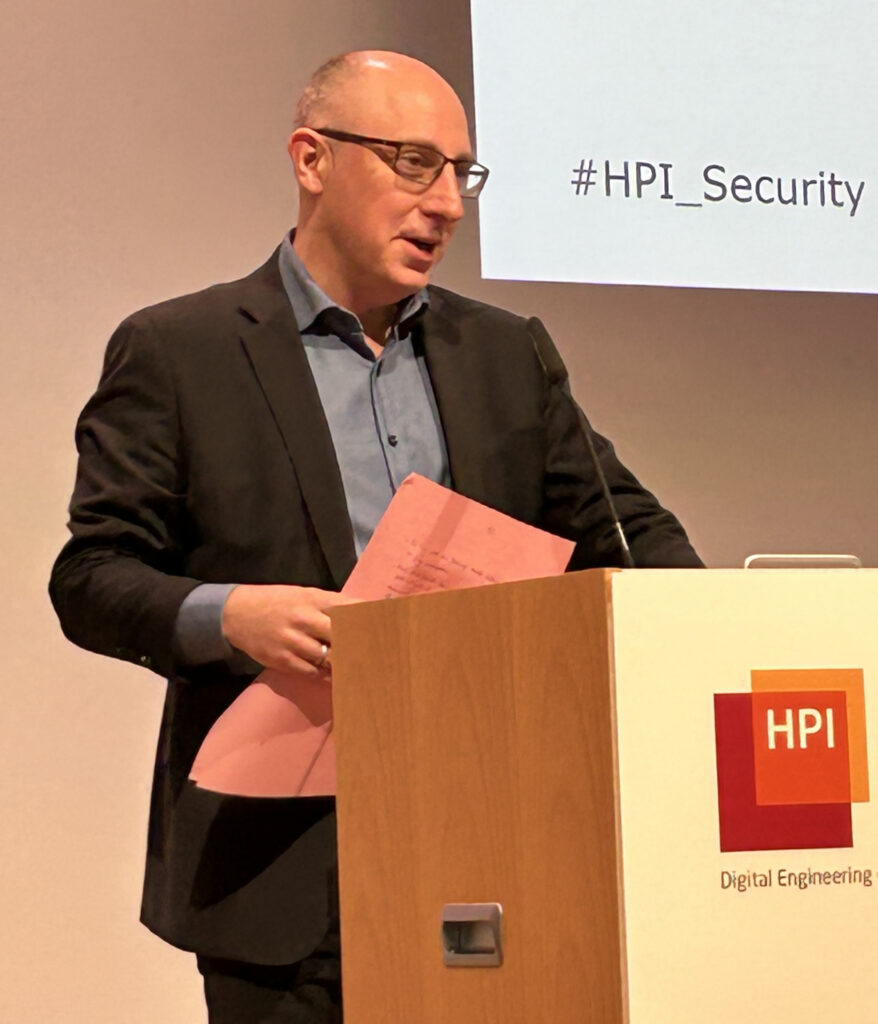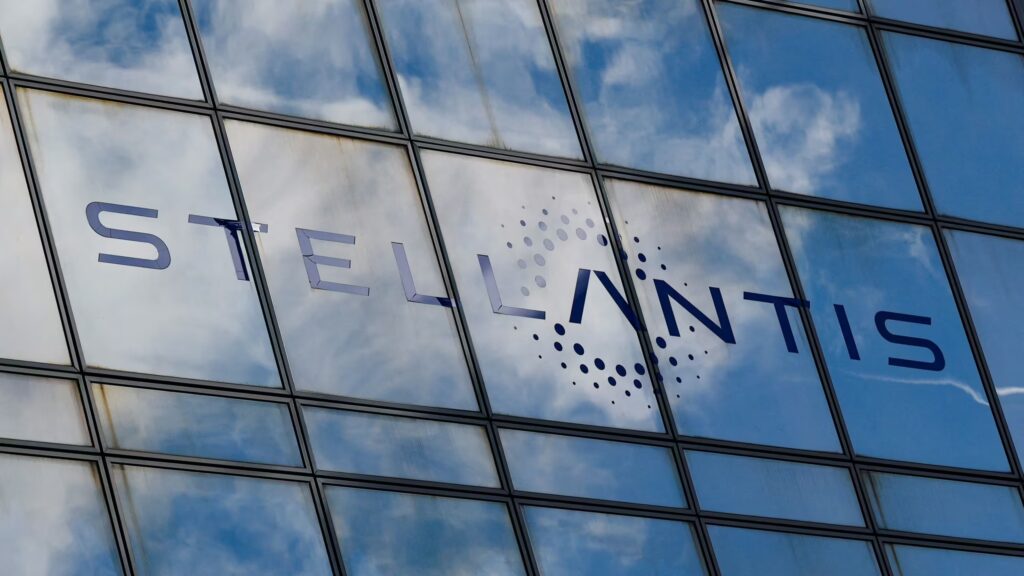Belgrade, Serbia – For more than a year, young Serbians have been protesting the tragedy at Novi Sad railway station, where 16 people were crushed to death by the collapse of the station building’s canopy.
What began as a movement calling for transparency and justice has become a wide-ranging movement targeting President Aleksandar Vučić’s Serbian Progressive Party (SNS) and the wider “authoritarian” government system.
Read more: ‘Serbia, Wake Up’: Anti-government protest escalates as citizens demand elections and accountability
Today, Serbia finds itself deeply polarised between those who support the demonstrators and those who support the government. According to polls, a slim majority of Serbs now back the “Student List” coalition of activists, while 42% of citizens back the current administration.
After 13 years of SNS rule, Serbia’s governance record has deteriorated sharply. The country has slid down international press freedom and corruption indices, as the country’s administration has increasingly tried to push the nation’s political system towards one more akin to Russia’s pseudo-democracy.
The government has courted Russian propaganda outlets such as RT Balkan and Sputnik Srbija, who have pushed anti-West narratives to support the administration’s positions. Serbian media, though fragmented, is dominated by the state-run RTS1 television channel – watched by 70% of the population – and agencies such as the Informer network, a historic backer of the SNS who are controversial for spreading disinformation to aid the government.
Reporters Without Borders has ranked the country 98th out of 180 countries and territories measured for press freedoms – Serbia’s lowest ranking in the index’s 22-year history.
A youth-led movement
Culturally, the year-long protest movement has reshaped Serbia’s social fabric. Students have formed the bulk of the protestors, giving young people a feeling of having a real say in their country. Through the process of ‘plenum’ meetings, student protesters have developed a rudimentary form of direct democracy within their own institutions as well as the wider movement.
But it is not just young people who are demonstrating. Biker groups and Yugoslav War veterans have joined forces with students, helping to bridge old generational divides.
Blockades, demonstrators’ most effective technique at drawing attention to their movement, have become a familiar sight in Belgrade and other regional centers.
EU Reports visited one such blockade in June, held at the crossroads of Nemanjina Street and Kneza Miloša Streets and flanked by the Central Government Building on one side and the bombed-out husk of the former Yugoslav Defence Ministry on the other. Here, hundreds of dissenters yelled, played music, and stood in silence for 16 minutes to honour the victims of Novi Sad.
Many here told EU Reports that their future has been jeopardized by the SNS, which, according to them, has treated Serbia as its own private property.
At Zemun’s College of Health Studies, student organiser “T”- whose name was shortened on request – told EU Reports about her efforts to draw European attention to the cause.
T joined other Serbian protesters who ran the almost 2,000-kilometre distance from Novi Sad to Brussels this April in a symbolic act of protest that caught the attention of politicians across Europe.
In Brussels, “students received support from all political groups,” according to MEP Biljana Borzan. Following a red-carpeted welcome outside EU institutions, student runners went on to hold meetings with dozens of MEPs from across the political spectrum.
“The reactions of these young people to the many elements of the deep political crisis, for which the current government is most responsible, will define the future of Serbia,” said Tonino Picula, the European Parliament’s rapporteur on the country, after meeting with the runners.
The protest’s core
The movement’s demands are clear: new elections, the rule of law, an end to police brutality, and free media.
Activists are forming a “Student List” of electoral candidates to represent the movement at future elections, which is likely to include professors, activists and celebrities in sports, science and film.
Another flashpoint demands increased protection of key cultural sites, including the General Staff Building, bombed by NATO forces in 1999.
Vučić’s government is in conversation with Jared Kushner, son-in-law to U.S. President Donald Trump, to turn the site into a Trump Hotel, which protesters told EU Reports was akin to “selling the Twin Towers [Memorial Site] to Saudi Arabia.”
High stakes
Serbia’s unrest has drawn mixed reactions abroad. Russia has condemned the protests, with President Vladimir Putin labeling them a western-organised “colour revolution”- echoing language used against anti-corruption movements in Eastern Europe.
In Republika Srpska, Bosnia and Herzegovina’s Serb entity, leaders have also sided with Belgrade, with then-present Milorad Dodik calling protesters “stinkers” and going on to accuse students of trying to destabilise Serbia in concert with USAID.
European officials, on the other hand, see an opportunity. A change in Serbia’s government could reopen the EU’s path to engagement with a western-aligned and strategically-located administration, especially as the bloc looks to expand its influence in the Western Balkans.
Serbia’s deposits of lithium and other minerals only heighten the West’s interest.
Victory for the protesters could also likely hamper Russia’s use of Serbia as a training ground for agents of instability across the wider Eastern European sphere.
Yet, not all protesters are pro-EU. Many remain deeply suspicious of the West, scarred by NATO’s 1999 bombing campaign and wary of western nations’ insistence that Serbia normalise relations with what it considers the breakaway government of its Kosovo and Metohija province.
The direction the country will take is uncertain. Reliable polling is scarce, and the timing of new elections is unclear.
Featured image:
Image: 12 June, 2025 – a view of the blockade at the crossroads of Nemanjina Street and Kneza Miloša Street, with the Serbian Ministry of Foreign Affairs building in the background.
Author: EU Reports/Jack Daniel Redman










